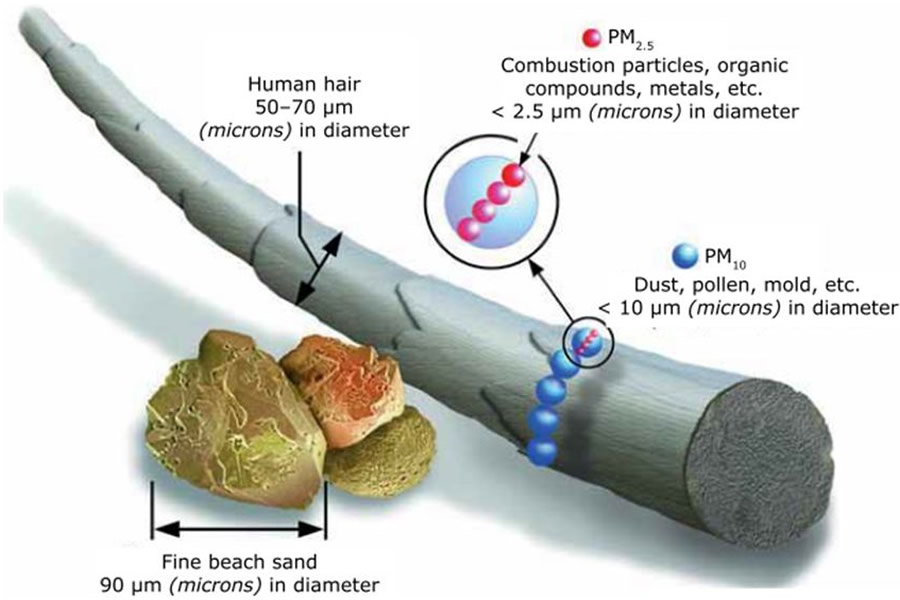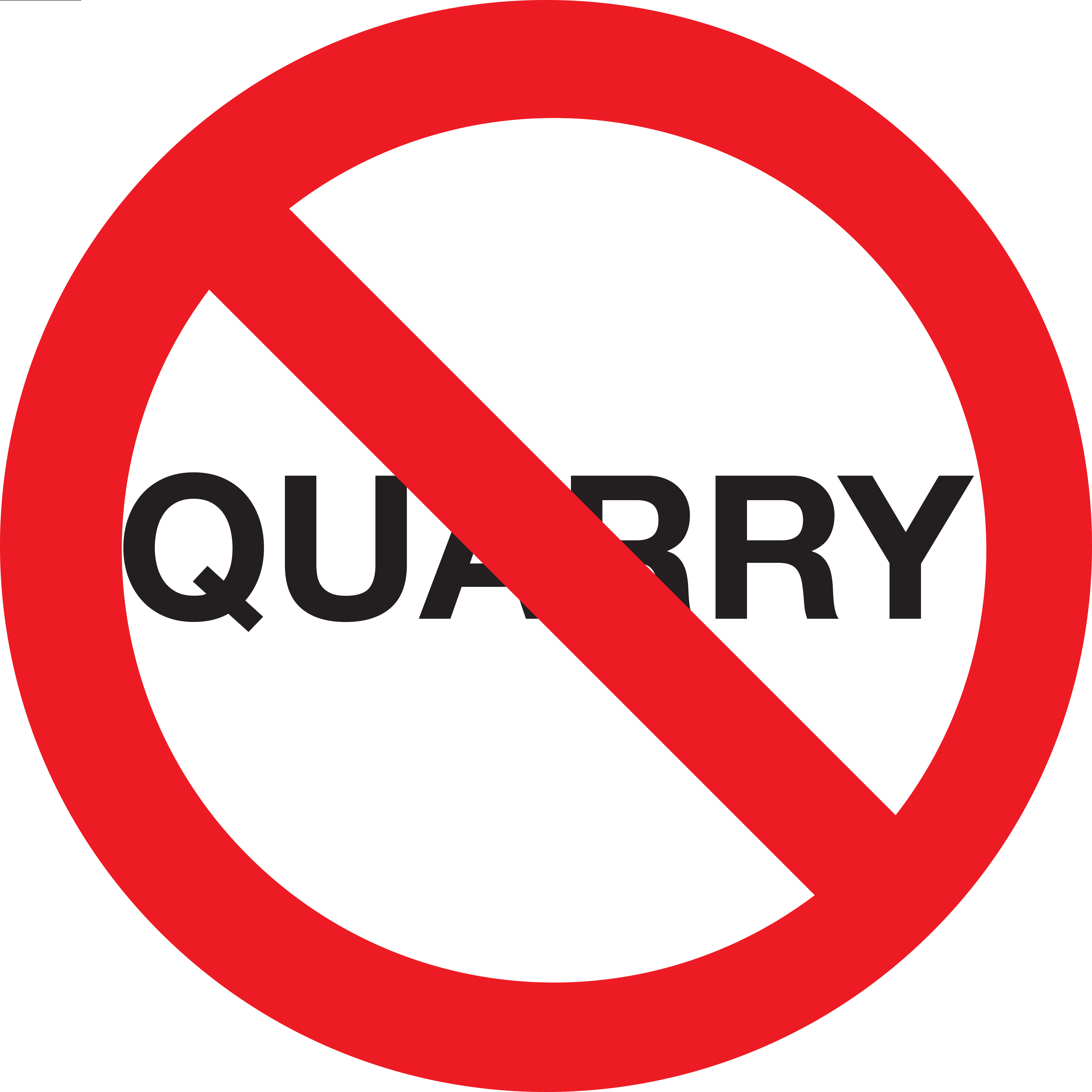Rock quarries create invisible dust particles proven to cause silicosis—a progressive, incurable lung disease. Long-term exposure to particulate matter is strongly associated with heart disease, stroke, infertility, and pregnancy complications.
Proven Health Hazard
Dust created by gravel quarries is considered respirable crystalline silica, a type of particulate matter. Studies have established a strong link between these particles and the following health effects:
- Silicosis
- Pulmonary disease1
- Reduction in lung function
- Leukemia
- Atherosclerosis and heart disease2
- Dysrhythmia
- Heart failure and cardiac arrest
- Stroke and cognitive disorders3
- Fertility problems
- Miscarriage
- Premature birth
- Low birth weight4
Over 35,000 residents within five miles of the proposed quarry will be affected by cascading injurious events resulting from particulate matter carried by prevailing winds. Young children, the elderly, and those with respiratory illnesses such as COPD, emphysema, asthma, and progressive lung disease will be most impacted.


- Health Risks Associated with Exposure to Airborne Pollutants Arising From Quarrying and Aggregate Processing
- Airborne Particulate Matter (PM) Exposure and Health Risks Associated with APOs in Texas
Invisible Toxins
You can’t even see it—but you’re certainly breathing it. Respirable crystalline silica is categorized and monitored as PM 2.5 (fine particulate matter 2.5 micrometers or smaller—less than 1/20 the width of a human hair) and PM 10 (10 micrometers or smaller). Both sizes are inhaled and can go directly to lungs and bloodstream.
Quarry blasting, crushing, and hauling operations emit high levels of carcinogenic particulate matter. Visible dust (larger particles) is also created by movement of front-end loaders, mining trucks, transfer conveyors, excavators, bulldozers, and utility vehicles.
Over 80 formal complaints have been filed against Vulcan in Texas alone. And over 35 violations occurred at a single Vulcan Materials plant (Loop 1604 in San Antonio).

